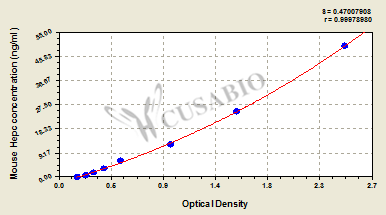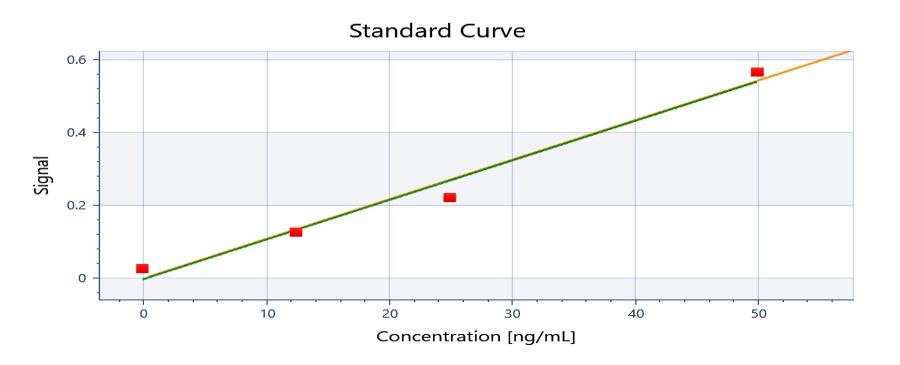This mouse hepcidin (HAMP) ELISA kit employs the quantitative sandwich enzyme immunoassay technique to measure the levels of mouse hepcidin in multiple samples, including serum, plasma, or tissue homogenates. The enzyme-substrate chromogenic reaction is also used to amplify the signal and quantify the levels of the analyte through the intensity of the colored product. The color intensity positively correlates with the amount of hepcidin bound in the initial step.
Hepcidin is an endogenous antimicrobial peptide that is produced by the liver and mainly functions to negatively regulate iron. It controls plasma iron levels by regulating the intestinal absorption of dietary iron, as well as the release of iron from macrophages and the transfer of iron stored in the hepatocytes. Hepcidin induces ferroportin internalization and degradation in target cells, mostly macrophages and enterocytes, leading to iron sequestration in macrophages and declined iron absorption from the intestine. The expression of hepcidin is induced by elevated iron concentration and inflammation but inhibited by anemia and hypoxia. Dysregulation of hepcidin is associated with iron disorder-related diseases, such as anemias, hereditary hemochromatosis, and β-thalassemia.





